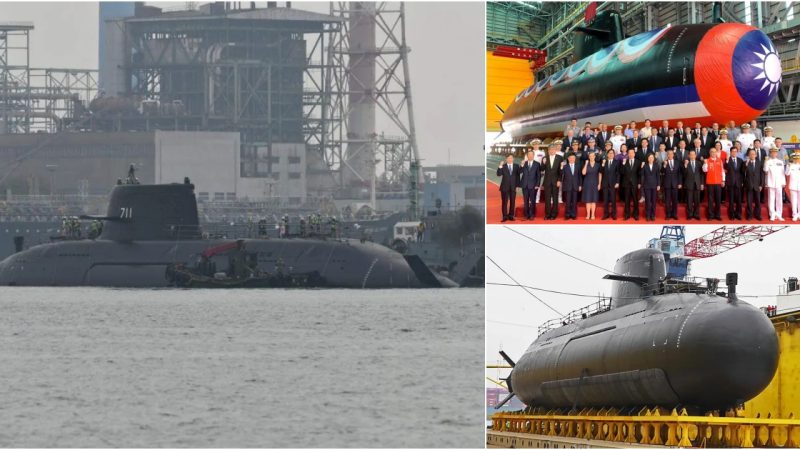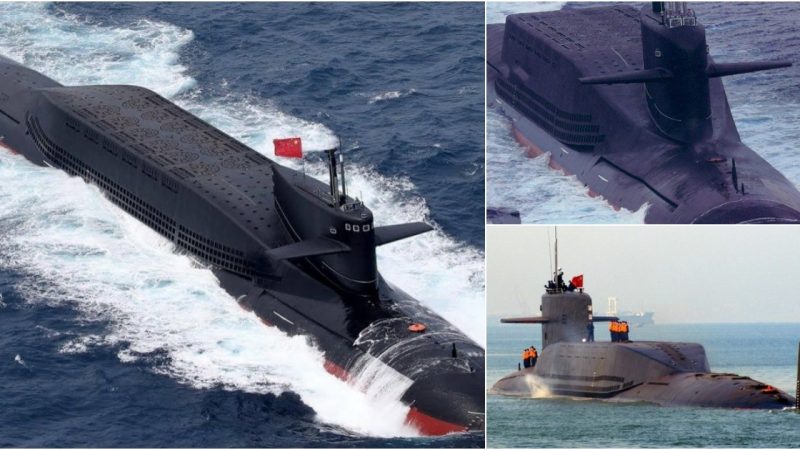Unmatched Power: The Dominance of America’s Los Angeles-Class Submarines
The Los Angeles-class nuclear attack submarines stand as a testament to American naval prowess, reigning supreme as the most successful submarines of the Cold War era. With a staggering production of sixty-two submarines, they outmatched nearly all other classes in sheer numbers, second only to the World War II-era Gato class. But what truly sets these submarines apart and why do they continue to command respect long after the end of the Cold War?
Designed in the early 1970s, the Los Angeles-class submarines, also known as the 688 class, were the pinnacle of undersea technology. Their construction, maintained at a remarkable pace during the Cold War, showcased the United States’ commitment to naval superiority. The Los Angeles-class submarines were not just vessels; they were symbols of American strength and technological advancement.
One of the key features distinguishing the Los Angeles-class submarines was their adaptability. Beyond their primary roles in undersea, surface, and strike warfare, these submarines were equipped for special operations. With the capability to carry out missions that ranged from intelligence gathering to supporting ground operations, they were truly versatile assets in the Navy’s arsenal.
What made these submarines so formidable? It starts with their impressive specifications. At 360 feet in length and 6,927 tons submerged, they surpassed their predecessors in size and power. Enhanced propulsion systems allowed for greater speed, reaching an impressive thirty-seven knots, ensuring swift and stealthy maneuvers beneath the waves.
The construction of the Los Angeles-class submarines incorporated advanced materials and technology, including HY-80 steel and glass reinforced plastic, enabling them to operate at depths of up to 950 feet. Their teardrop hull design, coupled with innovative sail configurations, facilitated smooth navigation and improved maneuverability, even in challenging Arctic conditions.
Armed to the teeth, these submarines boasted an array of weaponry, including torpedo tubes and vertical launch silos for Tomahawk missiles. Their firepower, combined with state-of-the-art sensor suites, such as the BQQ-5 sonar system, ensured unparalleled situational awareness and lethality in combat scenarios.
Moreover, the Los Angeles-class submarines played a crucial role in intelligence gathering, employing cutting-edge technology to conduct surveillance operations along enemy coastlines. By embracing the concept of “intelligence preparation of the battlefield,” they became invaluable assets in supporting ground operations and strategic decision-making.
Despite their impressive legacy, the Los Angeles-class submarines are gradually being phased out, replaced by the Virginia-class attack boats. However, their impact on naval warfare and the defense landscape endures, serving as a testament to American ingenuity and maritime dominance.
In the annals of naval history, the Los Angeles-class submarines will be remembered not only for their technological prowess but also for their role in shaping the geopolitics of the Cold War era. As symbols of American strength and innovation, they stand as a testament to the unwavering commitment to protecting the nation’s interests, both above and below the surface.
In conclusion, the Los Angeles-class submarines remain unmatched in their capabilities, embodying the spirit of American naval superiority. From their inception during the Cold War to their continued legacy in modern naval warfare, these submarines represent the epitome of undersea dominance, ensuring that no adversary dares to challenge America’s maritime supremacy.
Hits: 6








